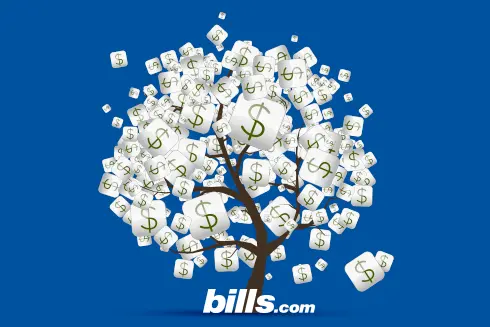"A Paper" Mortgage
- A mortgage consists of two documents.
- An 'A Paper' mortgage gets the best rate available.
- Subprime mortgages are higher risk and have a higher rate.
What is an "A Paper" Mortgage and how does it compare?
1) What is vintage basis? 2) What is the difference between subprime vs non-traditional mortgage? 3) "A paper" vs subprime? 4) Retail vs wholesale mortgage? 5) A private mortgage?
Let us start with the legal definition of a mortgage:
A mortgage consists of two documents: a note (or bond); and the mortgage itself. The note is the buyer’s personal promise to make the repayments. If there is a foreclosure against the property and the foreclosure sale does not yield enough to cover the outstanding mortgage debt, the note serves as the basis for a deficiency judgment against the borrower for the balance still due. The mortgage itself is a document that gives the lender the right to have the property sold to repay the loan if the borrower defaults. Since the mortgage in effect gives the mortgagee (the lender) an interest in the land, the mortgage is recorded at the county clerk’s office.
It is customary in the mortgage lending business to refer to these two documents collectively as a mortgage, even though legally this is a bit of a misnomer. Let us turn to your questions.
1. Vintage basis typically refers to the year in which a mortgage loan was originated.
2. and 3. Subprime (also known as "non-prime" or "B and C") refers to loans for borrowers who have blemishes on their credit report in the recent past. "A paper" is another name for a prime loan, and very broadly refers to borrowers with higher FICO scores. Subprime loans will carry a higher interest rate than a prime loan. If you have a medium or low credit score, the best thing to do is apply with several lenders and see what rate you are quoted for each product. Be sure to compare "apples-to-apples" as there are many different types and options when it comes to home loans.
4. Think of retail as the point of sale, and wholesale as the middleman. Retail actually refers to the broker (or the person who originates your loan) and wholesale is the lender who actually funds your loan.
5. Private mortgages are offered to people with no or low credit rating. The interest rate on a private mortgage is higher than a conventional bank mortgage. Private mortgages are sometimes called "hard money" mortgages.
Bills.com makes it easy to compare options, but be sure to only select a loan that meets your needs.
If you would like more information, please visit our mortgage resource page.
I hope the information provided helps you Find. Learn. Save.
